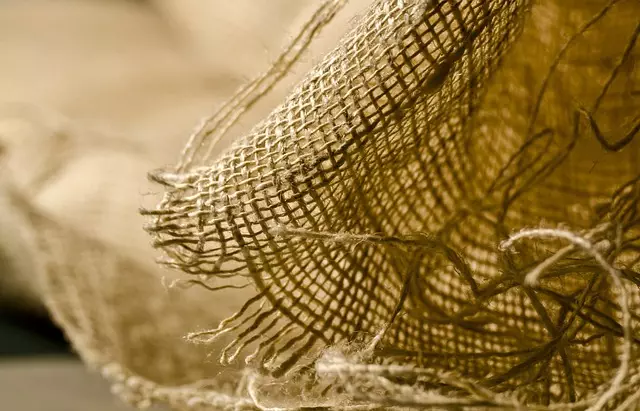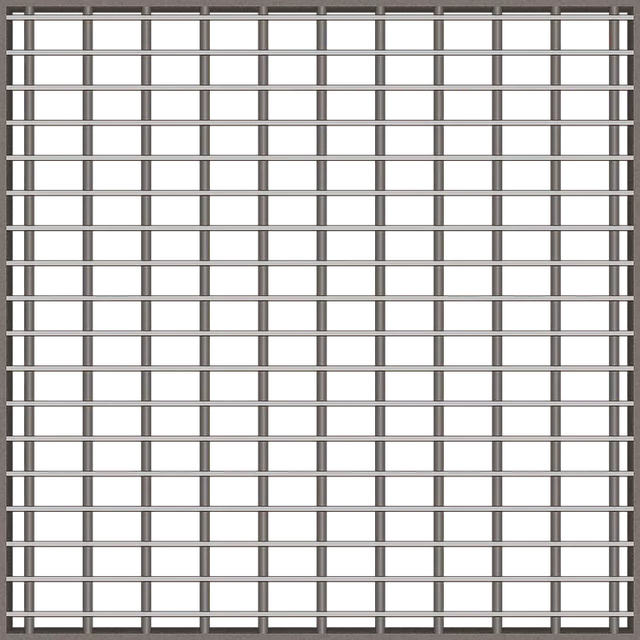Maeng Da and Red Bali kratom are both recognized for their potential anti-inflammatory benefits, with distinct alkaloid profiles that influence their effects. Maeng Da contains high levels of mitraphylline and is known for its energizing yet calming properties, making it a popular choice for those seeking to manage inflammation without sedation. Its robust alkaloid composition, which includes 7-hydroxymitragynine and mitragynine, may help modulate the body's inflammatory responses. Red Bali, on the other hand, is celebrated for its soothing and analgesic effects, with a higher content of 7-hydroxymitragynine compared to mitraphylline. This strain is often preferred for nighttime relief due to its sedative qualities that can aid in sleep, which is particularly beneficial for inflammatory conditions that are exacerbated by lack of sleep. When comparing Maeng Da and Red Bali for inflammation management, it's essential to consider individual needs and the specific nature of the condition, as each strain offers unique advantages. Users have reported varied experiences with both strains, with preferences influenced by their sensitivity, the nature of their inflammatory condition, and whether they require daytime or nighttime relief. Both Maeng Da vs Red Bali kratom varieties should be used responsibly and as part of a comprehensive wellness plan, with guidance from healthcare professionals to ensure safe and effective use.
Maeng Da and Red Bali kratom have garnered attention for their potential role in inflammation reduction. This article delves into the therapeutic properties of these botanicals, examining their alkaloid profiles and anti-inflammatory effects through scientific analysis and user experiences. By comparing Maeng Da vs Red Bali, we explore how each strain may influence inflammation management, offering insights that can inform a more nuanced approach to natural health solutions. Join us as we uncover the mechanisms behind these supplements’ effects and provide practical advice based on real-world user insights.
- Unraveling the Potential of Maeng Da and Red Bali Kratom in Inflammation Reduction
- Comparative Analysis: Alkaloid Profiles and Anti-Inflammatory Properties of Maeng Da and Red Bali Kratom
- User Experiences and Practical Insights on Maeng Da vs Red Bali for Inflammation Management
Unraveling the Potential of Maeng Da and Red Bali Kratom in Inflammation Reduction

Maeng Da and Red Bali kratom have garnered attention in the realm of natural supplements for their potential effects on inflammation reduction. Maeng Da, often celebrated for its invigorating properties, is a strain that has been found to possess significant anti-inflammatory qualities. Its alkaloid profile, which includes key compounds like 7-hydroxymitragynine and mitragynine, may contribute to its ability to modulate the body’s inflammatory responses. Users report a balance of stimulating and relaxing effects that could be beneficial for those seeking relief from inflammation without sedation.
Red Bali kratom, on the other hand, is known for its soothing and analgesic properties, which also extend to its anti-inflammatory potential. This strain’s effectiveness in reducing inflammation is attributed to its alkaloid composition as well, though it may differ from Maeng Da. The Red Bali variety has been traditionally used to alleviate discomfort and pain, often associated with chronic inflammation. When comparing Maeng Da vs Red Bali for inflammation reduction, the choice may depend on the individual’s specific needs and the nature of their condition. Both strains offer unique benefits and should be considered carefully within the context of an overall wellness plan. Users interested in exploring these options should consult with a healthcare provider to ensure safe and effective use.
Comparative Analysis: Alkaloid Profiles and Anti-Inflammatory Properties of Maeng Da and Red Bali Kratom

Maeng Da and Red Bali kratom varieties exhibit distinct alkaloid profiles that contribute to their unique properties, particularly in relation to inflammation reduction. The alkaloids found within kratom, such as mitragynine and 7-hydroxymitragynine, are known for their potential anti-inflammatory effects. Maeng Da, often celebrated for its invigorating and stimulating properties, contains a higher concentration of mitraphylline compared to Red Bali. This differential alkaloid composition may influence the manner in which each strain modulates inflammation. On the other hand, Red Bali kratom is characterized by a richer content of 7-hydroxymitragynine, an alkaloid with recognized anti-inflammatory potential. The comparative analysis of these two strains suggests that while both may effectively target inflammation, their specific alkaloid profiles could lead to different experiences and therapeutic outcomes for users seeking inflammation reduction through kratom supplements. In terms of anti-inflammatory efficacy, studies have shown that Maeng Da and Red Bali can both contribute to reducing inflammation; however, the extent and nature of this effect may vary based on individual body chemistry and the specific alkaloid interactions within each strain. Users interested in exploring kratom for its anti-inflammatory properties should consider the unique characteristics of Maeng Da versus Red Bali, as these can influence the overall effects experienced.
User Experiences and Practical Insights on Maeng Da vs Red Bali for Inflammation Management

Users who have experimented with Maeng Da and Red Bali kratom supplements for inflammation management often report distinct experiences based on their individual sensitivities and the specific inflammatory conditions they aim to address. Maeng Da, renowned for its invigorating and potent effects, is frequently cited by users for its ability to provide a noticeable reduction in discomfort levels associated with chronic inflammation without the sedative side effects typically linked with opioids. Its balanced alkaloid profile is said to offer a more stimulating and uplifting experience, which can be beneficial for those who need to maintain a level of activity or focus while managing their symptoms.
Conversely, Red Bali kratom is praised by users for its sedative and analgesic properties, making it a popular choice for addressing inflammation-related pain that disrupts sleep or causes significant discomfort at night. The alkaloid composition of Red Bali is believed to promote relaxation and ease into sleep, which can be particularly advantageous for individuals suffering from conditions like arthritis that are exacerbated by restlessness or insomnia. Users often note the long-lasting effects of Red Bali, which can provide relief over an extended period, ideal for those requiring sustained pain management throughout the night. Both strains have their proponents, and the choice between Maeng Da and Red Bali for inflammation reduction may come down to personal preference, tolerance, and the specific needs of the user’s condition.
In conclusion, the exploration of Maeng Da and Red Bali kratom’s anti-inflammatory effects presents a compelling case for their potential in inflammation reduction. The detailed comparative analysis of their alkaloid profiles and subsequent anti-inflammatory properties underscores the significance of these natural supplements for those seeking alternative or complementary strategies for managing inflammation. User experiences further illuminate the practical applications of Maeng Da and Red Bali, offering valuable insights into their efficacy and distinct impacts on individual health outcomes. As with any health intervention, careful consideration and professional guidance are crucial when integrating kratom supplements into one’s wellness regimen. The evidence suggests that both Maeng Da and Red Bali kratom warrant further scientific investigation to fully understand their potential benefits in the realm of inflammation management.






